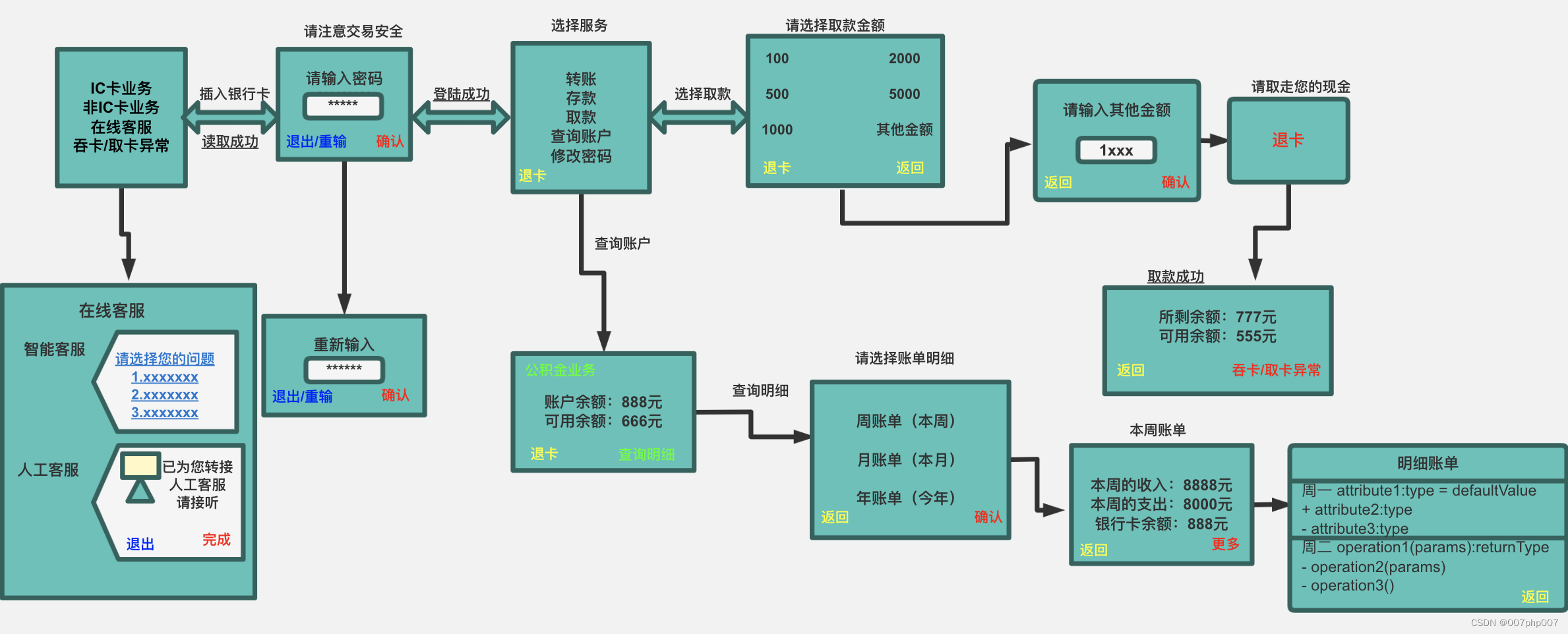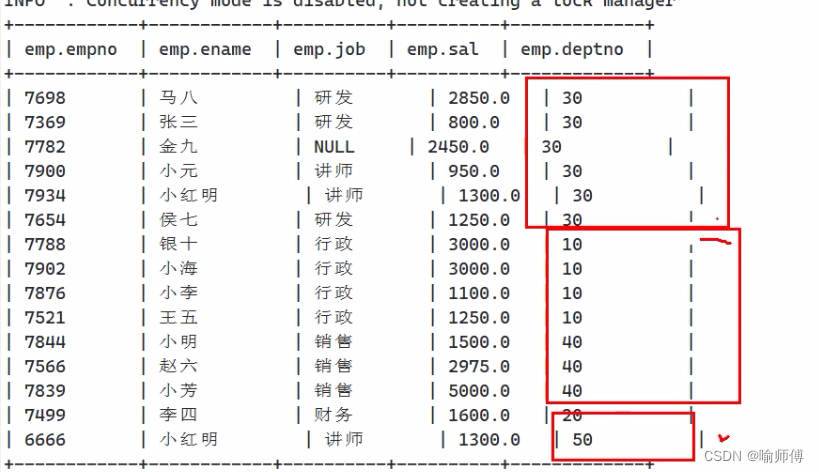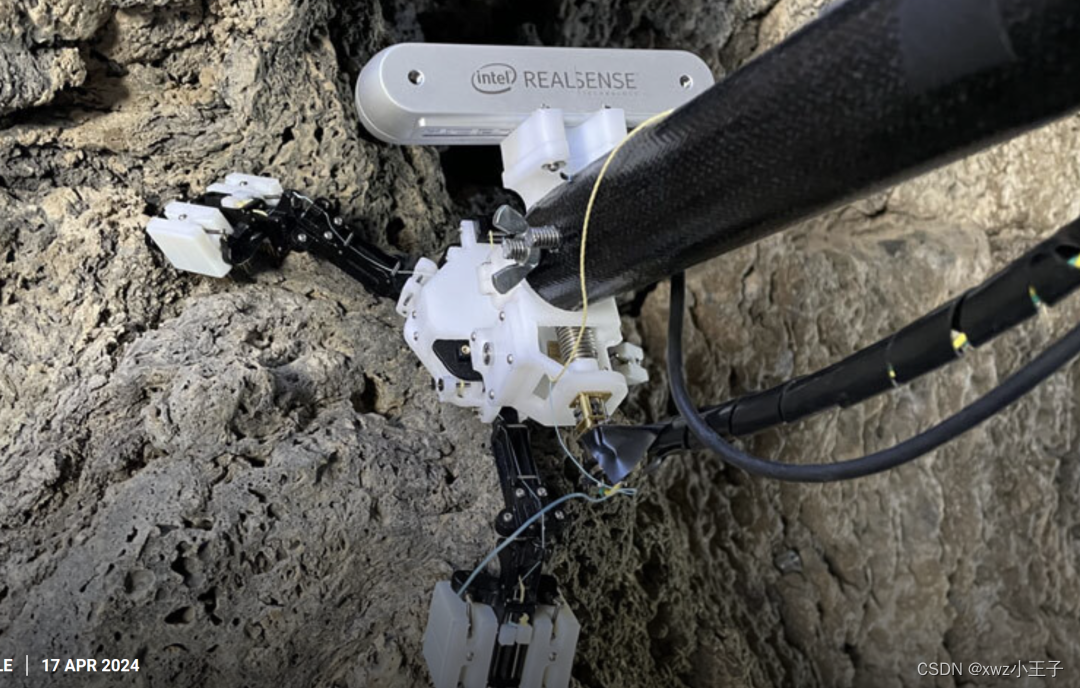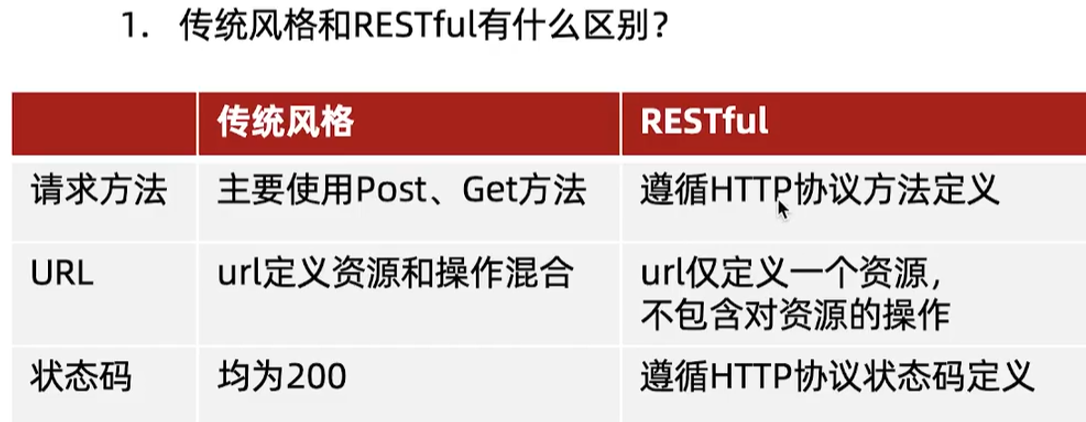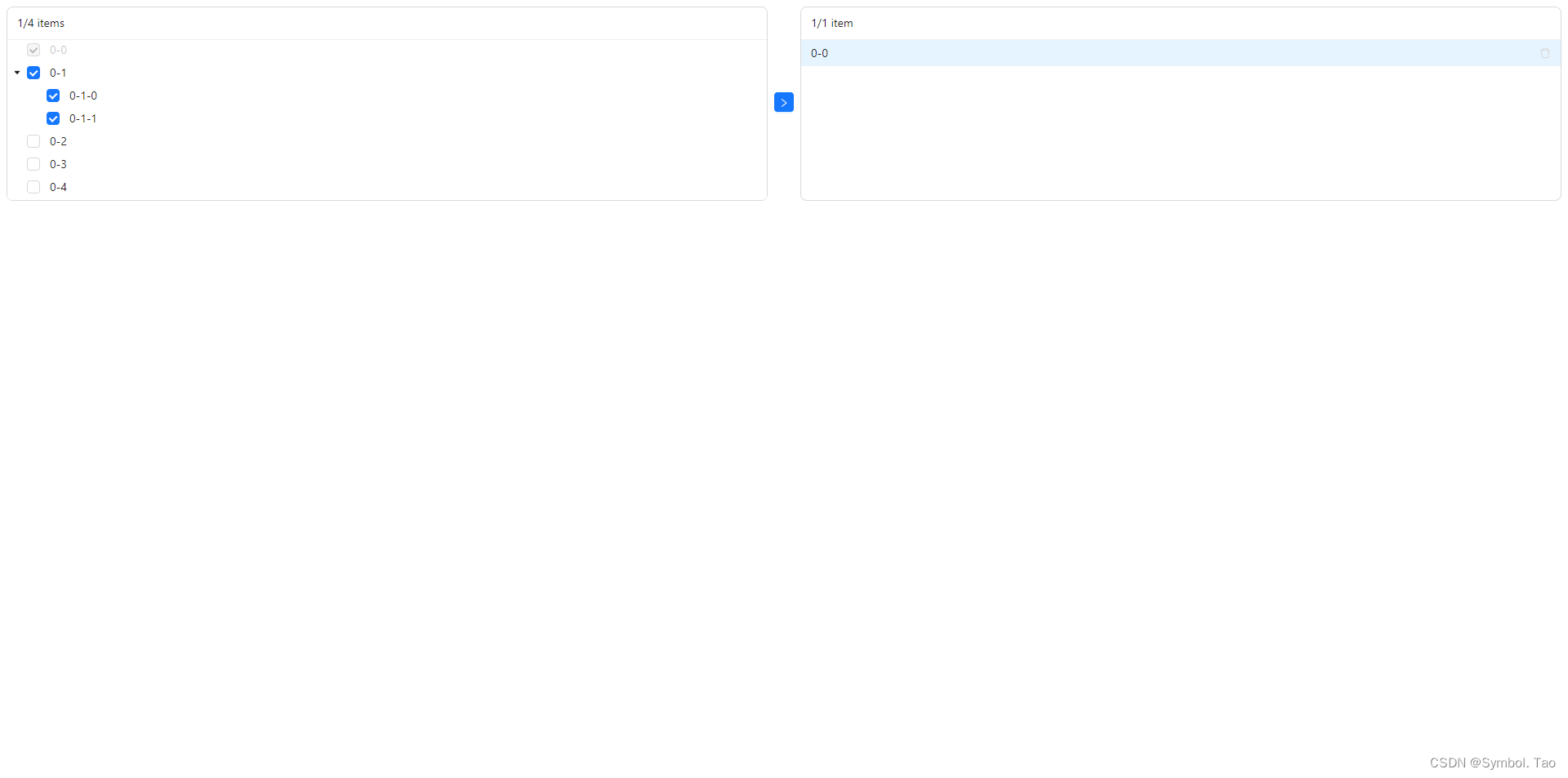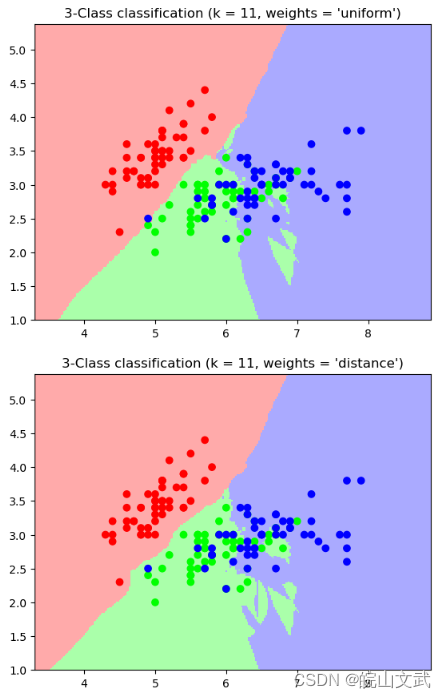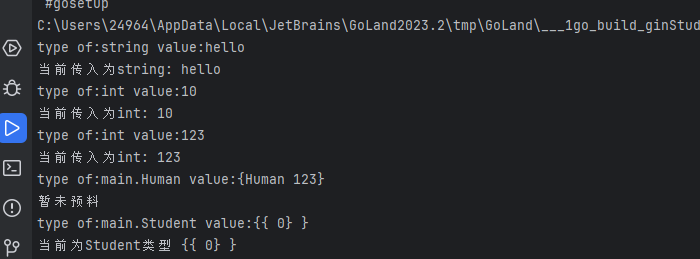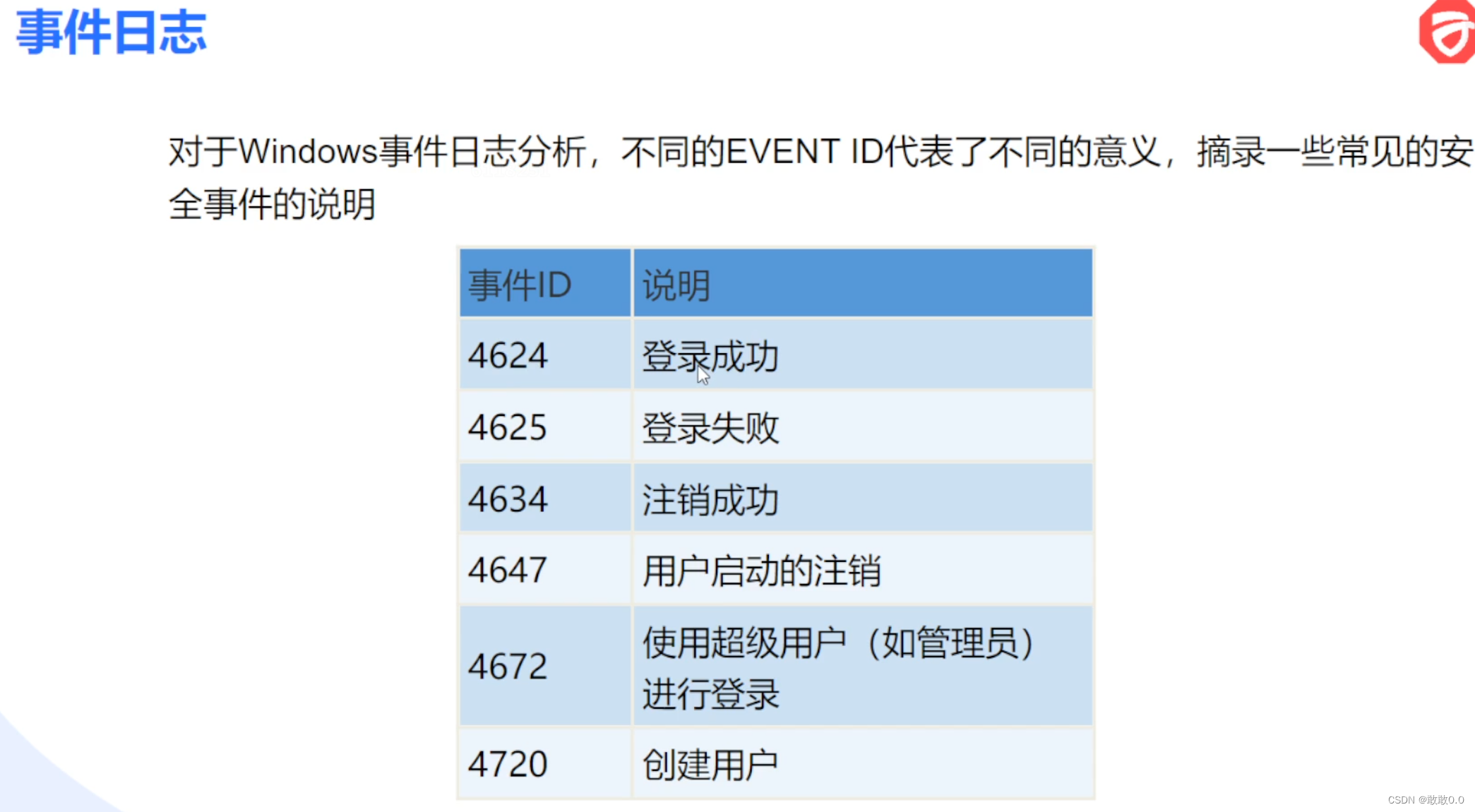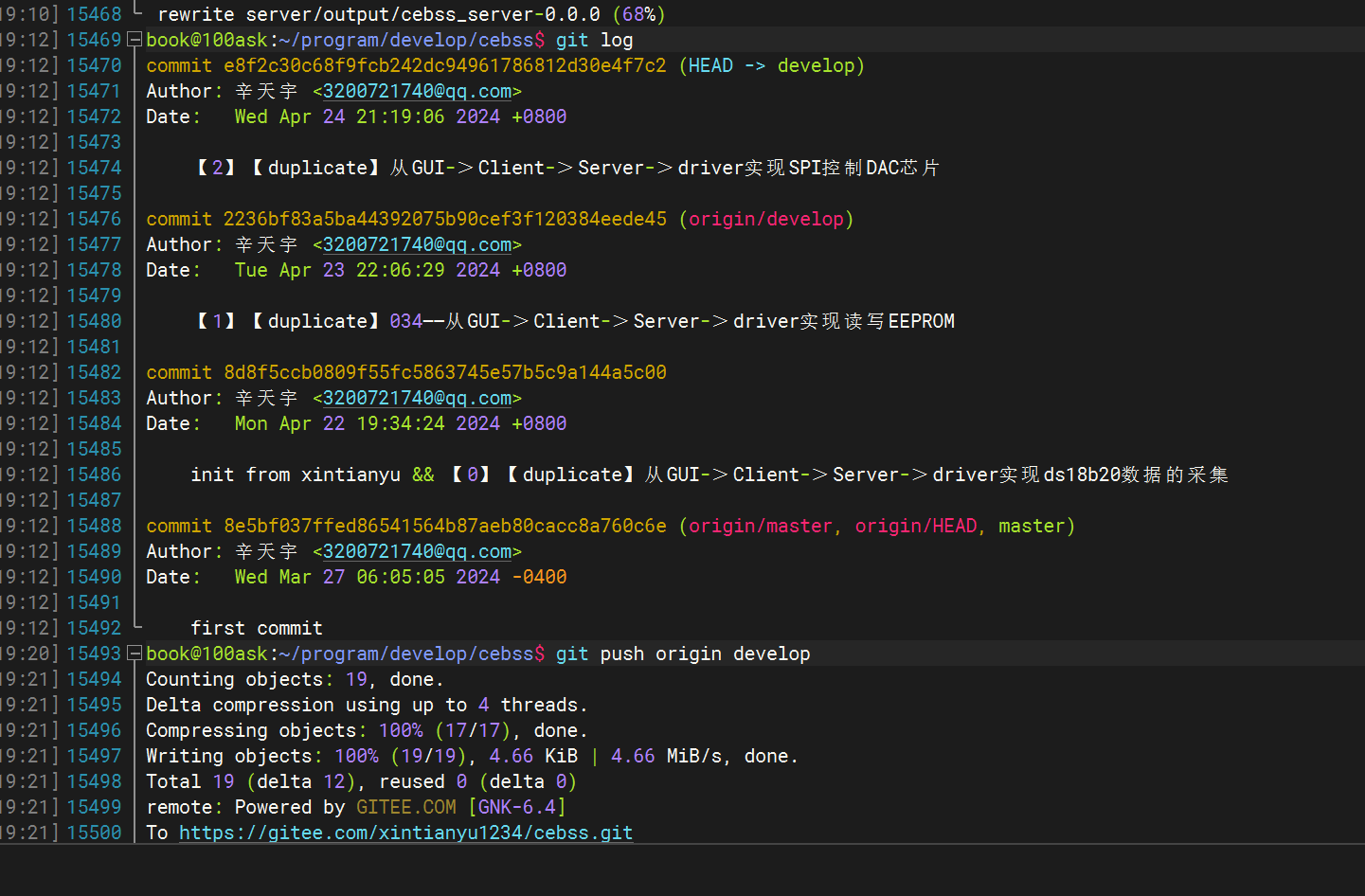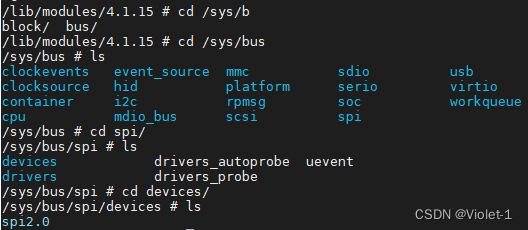目录
简介
设置
加载 CIFAR-10 数据集
定义超参数
定义图像预处理函数
将数据转换为 TensorFlow 数据集对象
定义 CutMix 数据增强功能
可视化应用 CutMix 扩增后的新数据集
定义 ResNet-20 模型
使用经 CutMix 扩展的数据集训练模型
使用原始非增强数据集训练模型
注释
政安晨的个人主页:政安晨
欢迎 👍点赞✍评论⭐收藏
收录专栏: TensorFlow与Keras机器学习实战
希望政安晨的博客能够对您有所裨益,如有不足之处,欢迎在评论区提出指正!
本文目标:利用 CutMix 对 CIFAR-10 上的图像分类进行数据扩增。
简介
CutMix 是一种数据增强技术,可解决区域剔除策略中存在的信息丢失和效率低下问题。
该技术不是删除像素并用黑色或灰色像素或高斯噪声填充,而是用另一幅图像的补丁替换被删除的区域,同时根据合并图像的像素数量按比例混合地面实况标签。CutMix 是在 CutMix 中提出的:利用可定位特征训练强分类器的正则化策略》(Yun et al.)
它是通过以下公式实现的:

其中,M 是二进制掩码,表示两幅随机绘制的图像中的剪切和填充区域,λ(在 [0, 1] 中)从 Beta(α,α)分布中抽取。
边界框的坐标为:

表示图像的剪切和填充区域。边界框采样用以下方式表示:

其中,rx、ry 均从带上限的均匀分布中随机抽取。
设置
import numpy as np
import keras
import matplotlib.pyplot as plt
from keras import layers
# TF imports related to tf.data preprocessing
from tensorflow import clip_by_value
from tensorflow import data as tf_data
from tensorflow import image as tf_image
from tensorflow import random as tf_random
keras.utils.set_random_seed(42)加载 CIFAR-10 数据集
在本例中,我们将使用 CIFAR-10 图像分类数据集。
(x_train, y_train), (x_test, y_test) = keras.datasets.cifar10.load_data()
y_train = keras.utils.to_categorical(y_train, num_classes=10)
y_test = keras.utils.to_categorical(y_test, num_classes=10)
print(x_train.shape)
print(y_train.shape)
print(x_test.shape)
print(y_test.shape)
class_names = [
"Airplane",
"Automobile",
"Bird",
"Cat",
"Deer",
"Dog",
"Frog",
"Horse",
"Ship",
"Truck",
]演绎展示:
(50000, 32, 32, 3)
(50000, 10)
(10000, 32, 32, 3)
(10000, 10)定义超参数
AUTO = tf_data.AUTOTUNE
BATCH_SIZE = 32
IMG_SIZE = 32定义图像预处理函数
def preprocess_image(image, label):
image = tf_image.resize(image, (IMG_SIZE, IMG_SIZE))
image = tf_image.convert_image_dtype(image, "float32") / 255.0
label = keras.ops.cast(label, dtype="float32")
return image, label将数据转换为 TensorFlow 数据集对象
train_ds_one = (
tf_data.Dataset.from_tensor_slices((x_train, y_train))
.shuffle(1024)
.map(preprocess_image, num_parallel_calls=AUTO)
)
train_ds_two = (
tf_data.Dataset.from_tensor_slices((x_train, y_train))
.shuffle(1024)
.map(preprocess_image, num_parallel_calls=AUTO)
)
train_ds_simple = tf_data.Dataset.from_tensor_slices((x_train, y_train))
test_ds = tf_data.Dataset.from_tensor_slices((x_test, y_test))
train_ds_simple = (
train_ds_simple.map(preprocess_image, num_parallel_calls=AUTO)
.batch(BATCH_SIZE)
.prefetch(AUTO)
)
# Combine two shuffled datasets from the same training data.
train_ds = tf_data.Dataset.zip((train_ds_one, train_ds_two))
test_ds = (
test_ds.map(preprocess_image, num_parallel_calls=AUTO)
.batch(BATCH_SIZE)
.prefetch(AUTO)
)
定义 CutMix 数据增强功能
CutMix 函数使用两个图像和标签对进行增强。它从 Beta 分布中采样 λ(l),并通过 get_box 函数返回一个边界框。然后,我们裁剪第二幅图像(图像 2),并将该图像填充到最终填充图像的相同位置。
def sample_beta_distribution(size, concentration_0=0.2, concentration_1=0.2):
gamma_1_sample = tf_random.gamma(shape=[size], alpha=concentration_1)
gamma_2_sample = tf_random.gamma(shape=[size], alpha=concentration_0)
return gamma_1_sample / (gamma_1_sample + gamma_2_sample)
def get_box(lambda_value):
cut_rat = keras.ops.sqrt(1.0 - lambda_value)
cut_w = IMG_SIZE * cut_rat # rw
cut_w = keras.ops.cast(cut_w, "int32")
cut_h = IMG_SIZE * cut_rat # rh
cut_h = keras.ops.cast(cut_h, "int32")
cut_x = keras.random.uniform((1,), minval=0, maxval=IMG_SIZE) # rx
cut_x = keras.ops.cast(cut_x, "int32")
cut_y = keras.random.uniform((1,), minval=0, maxval=IMG_SIZE) # ry
cut_y = keras.ops.cast(cut_y, "int32")
boundaryx1 = clip_by_value(cut_x[0] - cut_w // 2, 0, IMG_SIZE)
boundaryy1 = clip_by_value(cut_y[0] - cut_h // 2, 0, IMG_SIZE)
bbx2 = clip_by_value(cut_x[0] + cut_w // 2, 0, IMG_SIZE)
bby2 = clip_by_value(cut_y[0] + cut_h // 2, 0, IMG_SIZE)
target_h = bby2 - boundaryy1
if target_h == 0:
target_h += 1
target_w = bbx2 - boundaryx1
if target_w == 0:
target_w += 1
return boundaryx1, boundaryy1, target_h, target_w
def cutmix(train_ds_one, train_ds_two):
(image1, label1), (image2, label2) = train_ds_one, train_ds_two
alpha = [0.25]
beta = [0.25]
# Get a sample from the Beta distribution
lambda_value = sample_beta_distribution(1, alpha, beta)
# Define Lambda
lambda_value = lambda_value[0][0]
# Get the bounding box offsets, heights and widths
boundaryx1, boundaryy1, target_h, target_w = get_box(lambda_value)
# Get a patch from the second image (`image2`)
crop2 = tf_image.crop_to_bounding_box(
image2, boundaryy1, boundaryx1, target_h, target_w
)
# Pad the `image2` patch (`crop2`) with the same offset
image2 = tf_image.pad_to_bounding_box(
crop2, boundaryy1, boundaryx1, IMG_SIZE, IMG_SIZE
)
# Get a patch from the first image (`image1`)
crop1 = tf_image.crop_to_bounding_box(
image1, boundaryy1, boundaryx1, target_h, target_w
)
# Pad the `image1` patch (`crop1`) with the same offset
img1 = tf_image.pad_to_bounding_box(
crop1, boundaryy1, boundaryx1, IMG_SIZE, IMG_SIZE
)
# Modify the first image by subtracting the patch from `image1`
# (before applying the `image2` patch)
image1 = image1 - img1
# Add the modified `image1` and `image2` together to get the CutMix image
image = image1 + image2
# Adjust Lambda in accordance to the pixel ration
lambda_value = 1 - (target_w * target_h) / (IMG_SIZE * IMG_SIZE)
lambda_value = keras.ops.cast(lambda_value, "float32")
# Combine the labels of both images
label = lambda_value * label1 + (1 - lambda_value) * label2
return image, label注意:我们是将两张图片合成一张。
可视化应用 CutMix 扩增后的新数据集
# Create the new dataset using our `cutmix` utility
train_ds_cmu = (
train_ds.shuffle(1024)
.map(cutmix, num_parallel_calls=AUTO)
.batch(BATCH_SIZE)
.prefetch(AUTO)
)
# Let's preview 9 samples from the dataset
image_batch, label_batch = next(iter(train_ds_cmu))
plt.figure(figsize=(10, 10))
for i in range(9):
ax = plt.subplot(3, 3, i + 1)
plt.title(class_names[np.argmax(label_batch[i])])
plt.imshow(image_batch[i])
plt.axis("off")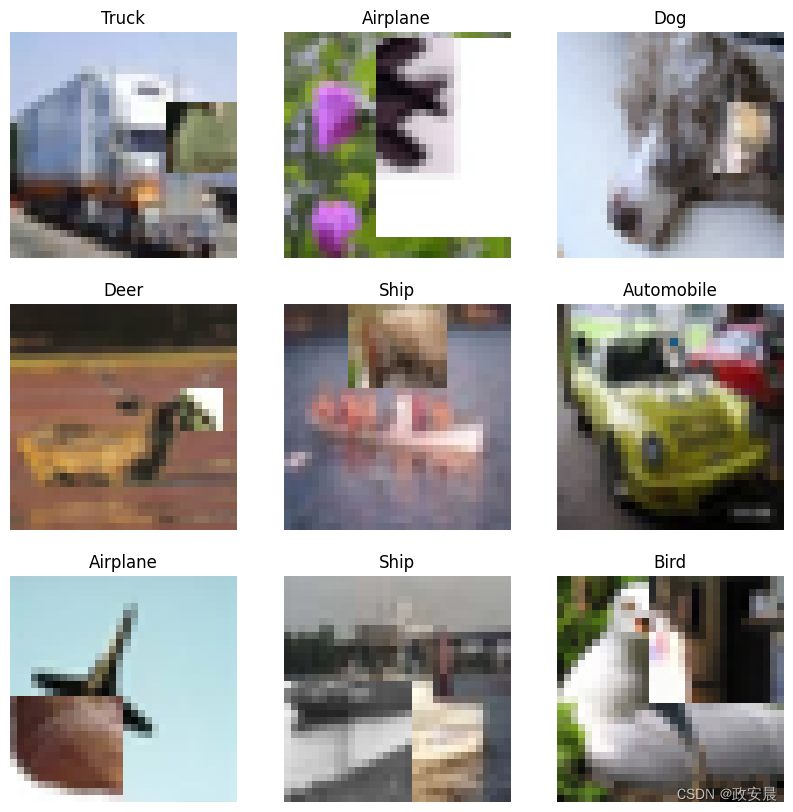
定义 ResNet-20 模型
def resnet_layer(
inputs,
num_filters=16,
kernel_size=3,
strides=1,
activation="relu",
batch_normalization=True,
conv_first=True,
):
conv = layers.Conv2D(
num_filters,
kernel_size=kernel_size,
strides=strides,
padding="same",
kernel_initializer="he_normal",
kernel_regularizer=keras.regularizers.L2(1e-4),
)
x = inputs
if conv_first:
x = conv(x)
if batch_normalization:
x = layers.BatchNormalization()(x)
if activation is not None:
x = layers.Activation(activation)(x)
else:
if batch_normalization:
x = layers.BatchNormalization()(x)
if activation is not None:
x = layers.Activation(activation)(x)
x = conv(x)
return x
def resnet_v20(input_shape, depth, num_classes=10):
if (depth - 2) % 6 != 0:
raise ValueError("depth should be 6n+2 (eg 20, 32, 44 in [a])")
# Start model definition.
num_filters = 16
num_res_blocks = int((depth - 2) / 6)
inputs = layers.Input(shape=input_shape)
x = resnet_layer(inputs=inputs)
# Instantiate the stack of residual units
for stack in range(3):
for res_block in range(num_res_blocks):
strides = 1
if stack > 0 and res_block == 0: # first layer but not first stack
strides = 2 # downsample
y = resnet_layer(inputs=x, num_filters=num_filters, strides=strides)
y = resnet_layer(inputs=y, num_filters=num_filters, activation=None)
if stack > 0 and res_block == 0: # first layer but not first stack
# linear projection residual shortcut connection to match
# changed dims
x = resnet_layer(
inputs=x,
num_filters=num_filters,
kernel_size=1,
strides=strides,
activation=None,
batch_normalization=False,
)
x = layers.add([x, y])
x = layers.Activation("relu")(x)
num_filters *= 2
# Add classifier on top.
# v1 does not use BN after last shortcut connection-ReLU
x = layers.AveragePooling2D(pool_size=8)(x)
y = layers.Flatten()(x)
outputs = layers.Dense(
num_classes, activation="softmax", kernel_initializer="he_normal"
)(y)
# Instantiate model.
model = keras.Model(inputs=inputs, outputs=outputs)
return model
def training_model():
return resnet_v20((32, 32, 3), 20)
initial_model = training_model()
initial_model.save_weights("initial_weights.weights.h5")使用经 CutMix 扩展的数据集训练模型
model = training_model()
model.load_weights("initial_weights.weights.h5")
model.compile(loss="categorical_crossentropy", optimizer="adam", metrics=["accuracy"])
model.fit(train_ds_cmu, validation_data=test_ds, epochs=15)
test_loss, test_accuracy = model.evaluate(test_ds)
print("Test accuracy: {:.2f}%".format(test_accuracy * 100))演绎展示:
Epoch 1/15
10/1563 [37m━━━━━━━━━━━━━━━━━━━━ 19s 13ms/step - accuracy: 0.0795 - loss: 5.3035
WARNING: All log messages before absl::InitializeLog() is called are written to STDERR
I0000 00:00:1699988196.560261 362411 device_compiler.h:187] Compiled cluster using XLA! This line is logged at most once for the lifetime of the process.
1563/1563 ━━━━━━━━━━━━━━━━━━━━ 64s 27ms/step - accuracy: 0.3148 - loss: 2.1918 - val_accuracy: 0.4067 - val_loss: 1.8339
Epoch 2/15
1563/1563 ━━━━━━━━━━━━━━━━━━━━ 27s 17ms/step - accuracy: 0.4295 - loss: 1.9021 - val_accuracy: 0.5516 - val_loss: 1.4744
Epoch 3/15
1563/1563 ━━━━━━━━━━━━━━━━━━━━ 28s 18ms/step - accuracy: 0.4883 - loss: 1.8076 - val_accuracy: 0.5305 - val_loss: 1.5067
Epoch 4/15
1563/1563 ━━━━━━━━━━━━━━━━━━━━ 27s 17ms/step - accuracy: 0.5243 - loss: 1.7342 - val_accuracy: 0.6303 - val_loss: 1.2822
Epoch 5/15
1563/1563 ━━━━━━━━━━━━━━━━━━━━ 27s 17ms/step - accuracy: 0.5574 - loss: 1.6614 - val_accuracy: 0.5370 - val_loss: 1.5912
Epoch 6/15
1563/1563 ━━━━━━━━━━━━━━━━━━━━ 27s 17ms/step - accuracy: 0.5832 - loss: 1.6167 - val_accuracy: 0.6254 - val_loss: 1.3116
Epoch 7/15
1563/1563 ━━━━━━━━━━━━━━━━━━━━ 26s 17ms/step - accuracy: 0.6045 - loss: 1.5738 - val_accuracy: 0.6101 - val_loss: 1.3408
Epoch 8/15
1563/1563 ━━━━━━━━━━━━━━━━━━━━ 28s 18ms/step - accuracy: 0.6170 - loss: 1.5493 - val_accuracy: 0.6209 - val_loss: 1.2923
Epoch 9/15
1563/1563 ━━━━━━━━━━━━━━━━━━━━ 29s 18ms/step - accuracy: 0.6292 - loss: 1.5299 - val_accuracy: 0.6290 - val_loss: 1.2813
Epoch 10/15
1563/1563 ━━━━━━━━━━━━━━━━━━━━ 28s 18ms/step - accuracy: 0.6394 - loss: 1.5110 - val_accuracy: 0.7234 - val_loss: 1.0608
Epoch 11/15
1563/1563 ━━━━━━━━━━━━━━━━━━━━ 26s 17ms/step - accuracy: 0.6467 - loss: 1.4915 - val_accuracy: 0.7498 - val_loss: 0.9854
Epoch 12/15
1563/1563 ━━━━━━━━━━━━━━━━━━━━ 28s 18ms/step - accuracy: 0.6559 - loss: 1.4785 - val_accuracy: 0.6481 - val_loss: 1.2410
Epoch 13/15
1563/1563 ━━━━━━━━━━━━━━━━━━━━ 26s 17ms/step - accuracy: 0.6596 - loss: 1.4656 - val_accuracy: 0.7551 - val_loss: 0.9784
Epoch 14/15
1563/1563 ━━━━━━━━━━━━━━━━━━━━ 27s 17ms/step - accuracy: 0.6577 - loss: 1.4637 - val_accuracy: 0.6822 - val_loss: 1.1703
Epoch 15/15
1563/1563 ━━━━━━━━━━━━━━━━━━━━ 26s 17ms/step - accuracy: 0.6702 - loss: 1.4445 - val_accuracy: 0.7108 - val_loss: 1.0805
313/313 ━━━━━━━━━━━━━━━━━━━━ 1s 3ms/step - accuracy: 0.7140 - loss: 1.0766
Test accuracy: 71.08%使用原始非增强数据集训练模型
model = training_model()
model.load_weights("initial_weights.weights.h5")
model.compile(loss="categorical_crossentropy", optimizer="adam", metrics=["accuracy"])
model.fit(train_ds_simple, validation_data=test_ds, epochs=15)
test_loss, test_accuracy = model.evaluate(test_ds)
print("Test accuracy: {:.2f}%".format(test_accuracy * 100))演绎展示:
Epoch 1/15
1563/1563 ━━━━━━━━━━━━━━━━━━━━ 41s 15ms/step - accuracy: 0.3943 - loss: 1.8736 - val_accuracy: 0.5359 - val_loss: 1.4376
Epoch 2/15
1563/1563 ━━━━━━━━━━━━━━━━━━━━ 11s 7ms/step - accuracy: 0.6160 - loss: 1.2407 - val_accuracy: 0.5887 - val_loss: 1.4254
Epoch 3/15
1563/1563 ━━━━━━━━━━━━━━━━━━━━ 11s 7ms/step - accuracy: 0.6927 - loss: 1.0448 - val_accuracy: 0.6102 - val_loss: 1.4850
Epoch 4/15
1563/1563 ━━━━━━━━━━━━━━━━━━━━ 12s 7ms/step - accuracy: 0.7411 - loss: 0.9222 - val_accuracy: 0.6262 - val_loss: 1.3898
Epoch 5/15
1563/1563 ━━━━━━━━━━━━━━━━━━━━ 13s 8ms/step - accuracy: 0.7711 - loss: 0.8439 - val_accuracy: 0.6283 - val_loss: 1.3425
Epoch 6/15
1563/1563 ━━━━━━━━━━━━━━━━━━━━ 12s 8ms/step - accuracy: 0.7983 - loss: 0.7886 - val_accuracy: 0.2460 - val_loss: 5.6869
Epoch 7/15
1563/1563 ━━━━━━━━━━━━━━━━━━━━ 11s 7ms/step - accuracy: 0.8168 - loss: 0.7490 - val_accuracy: 0.1954 - val_loss: 21.7670
Epoch 8/15
1563/1563 ━━━━━━━━━━━━━━━━━━━━ 11s 7ms/step - accuracy: 0.8113 - loss: 0.7779 - val_accuracy: 0.1027 - val_loss: 36.3144
Epoch 9/15
1563/1563 ━━━━━━━━━━━━━━━━━━━━ 11s 7ms/step - accuracy: 0.6592 - loss: 1.4179 - val_accuracy: 0.1025 - val_loss: 40.0770
Epoch 10/15
1563/1563 ━━━━━━━━━━━━━━━━━━━━ 12s 8ms/step - accuracy: 0.5611 - loss: 1.9856 - val_accuracy: 0.1699 - val_loss: 40.6308
Epoch 11/15
1563/1563 ━━━━━━━━━━━━━━━━━━━━ 13s 8ms/step - accuracy: 0.6076 - loss: 1.7795 - val_accuracy: 0.1003 - val_loss: 63.4775
Epoch 12/15
1563/1563 ━━━━━━━━━━━━━━━━━━━━ 12s 7ms/step - accuracy: 0.6175 - loss: 1.8077 - val_accuracy: 0.1099 - val_loss: 21.9148
Epoch 13/15
1563/1563 ━━━━━━━━━━━━━━━━━━━━ 12s 7ms/step - accuracy: 0.6468 - loss: 1.6702 - val_accuracy: 0.1576 - val_loss: 72.7290
Epoch 14/15
1563/1563 ━━━━━━━━━━━━━━━━━━━━ 12s 7ms/step - accuracy: 0.6437 - loss: 1.7858 - val_accuracy: 0.1000 - val_loss: 64.9249
Epoch 15/15
1563/1563 ━━━━━━━━━━━━━━━━━━━━ 13s 8ms/step - accuracy: 0.6587 - loss: 1.7587 - val_accuracy: 0.1000 - val_loss: 138.8463
313/313 ━━━━━━━━━━━━━━━━━━━━ 1s 3ms/step - accuracy: 0.0988 - loss: 139.3117
Test accuracy: 10.00%注释
在本例中,我们对模型进行了 15 个轮次的训练。
在我们的实验中,与未使用增强功能的模型(66.90%)相比,使用 CutMix 增强功能的模型在 CIFAR-10 数据集上获得了更高的准确率(实验中为 77.34%)。
您可能会注意到,使用 CutMix 增强功能训练模型所需的时间更短。
您可以根据原始论文进一步尝试使用 CutMix 技术。
